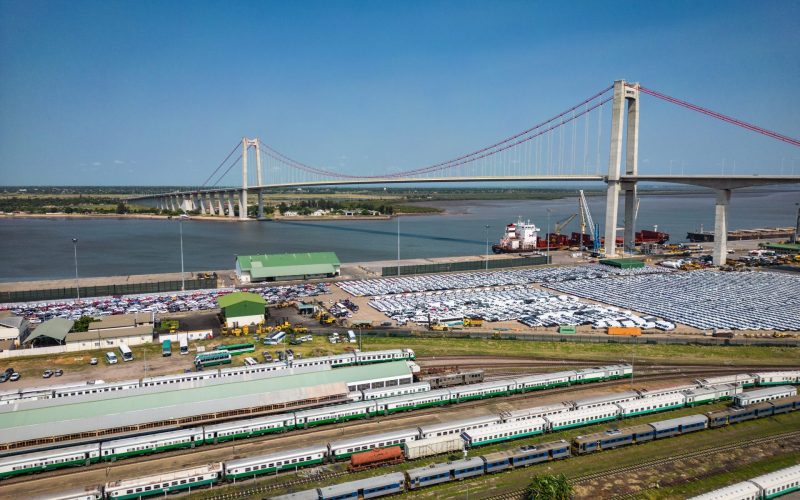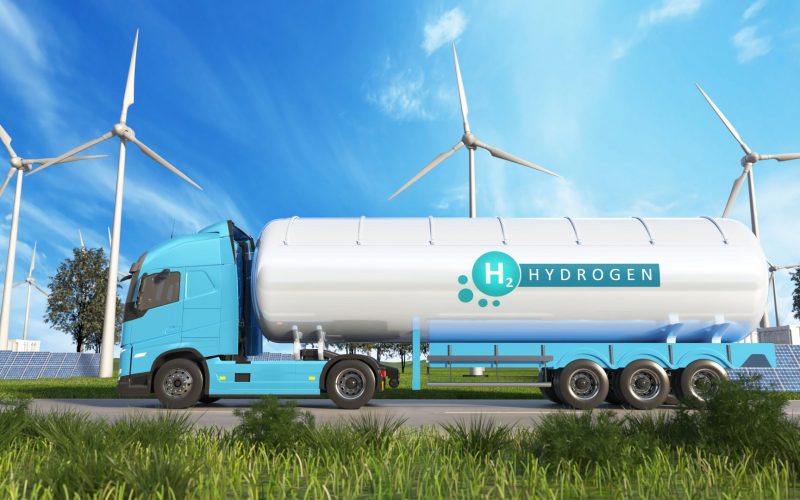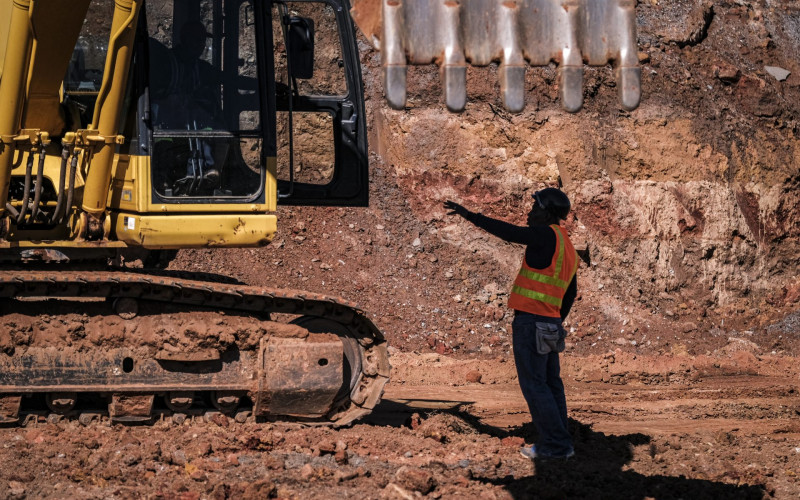The scheme played an important role in the development of a strong automotive sector in the ASEAN region, and lessons can be learned from its implementation.
Despite the fact that the middle class in Southern Africa is growing, vehicle ownership is still minimal. It is thus appropriate to examine the prospects for a similar scheme within SADC. South Africa has by far the most developed automotive sector in the region, while Zimbabwe and Botswana are both attempting to build up their industries and Mozambique is beginning to receive foreign direct investment. Due to South Africa’s automotive dominance, regional integration has not expanded much beyond its exporting components and vehicles to other countries in the region. There is also an emerging trend of South African companies’ shifting production of certain components to other Southern African Customs Union (SACU) countries.
Additionally, insufficient regional market demand for new vehicles prevents the realisation of economies of scale in production, and manufacturing in SADC is not very competitive due to infrastructure bottlenecks and labour market constraints. The effective implementation of a regional Common Effective Preferential Tariff and even enforcement of the existing SADC and SACU Rules of Origin are hampered by the low levels of local value addition.
Despite these barriers, there are measures that SADC, South Africa and private investors can take and are taking to enhance the prospects of regional automotive integration. South Africa and interested investors can assist in transferring skills and technology to the region to make labour more competitive, and in capacitating small and medium enterprises to enter potential value chains. Additionally, South Africa can advise other SADC countries on how to develop their own components and assembly operations to be more competitive. As regional automobile demand continues to grow, these initiatives could facilitate the realisation of an AICO-like scheme in SADC. This paper will examine AICO’s utilisation, challenges and successes in order to derive lessons for SADC, as well as the prospects of regional automotive integration.








